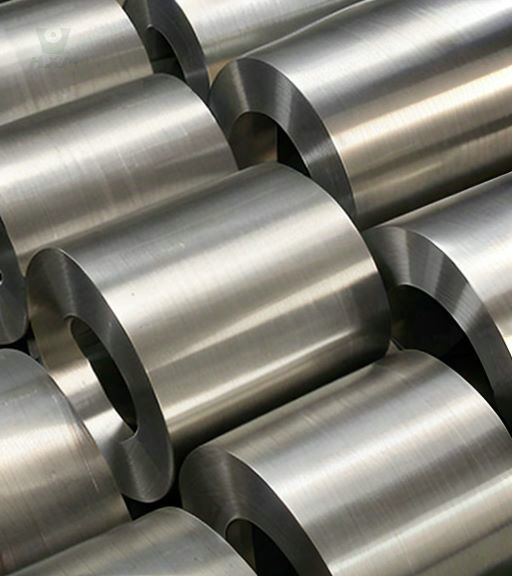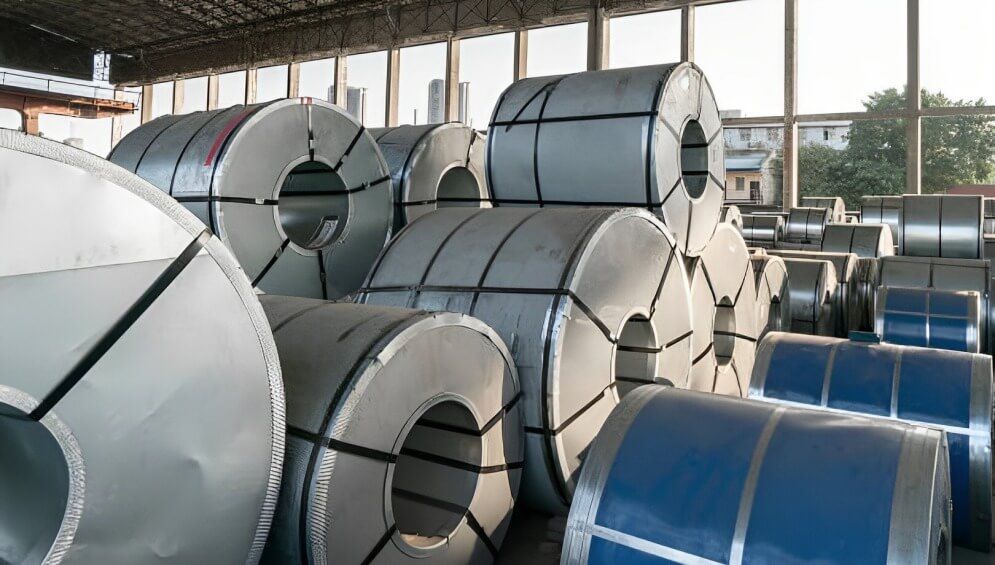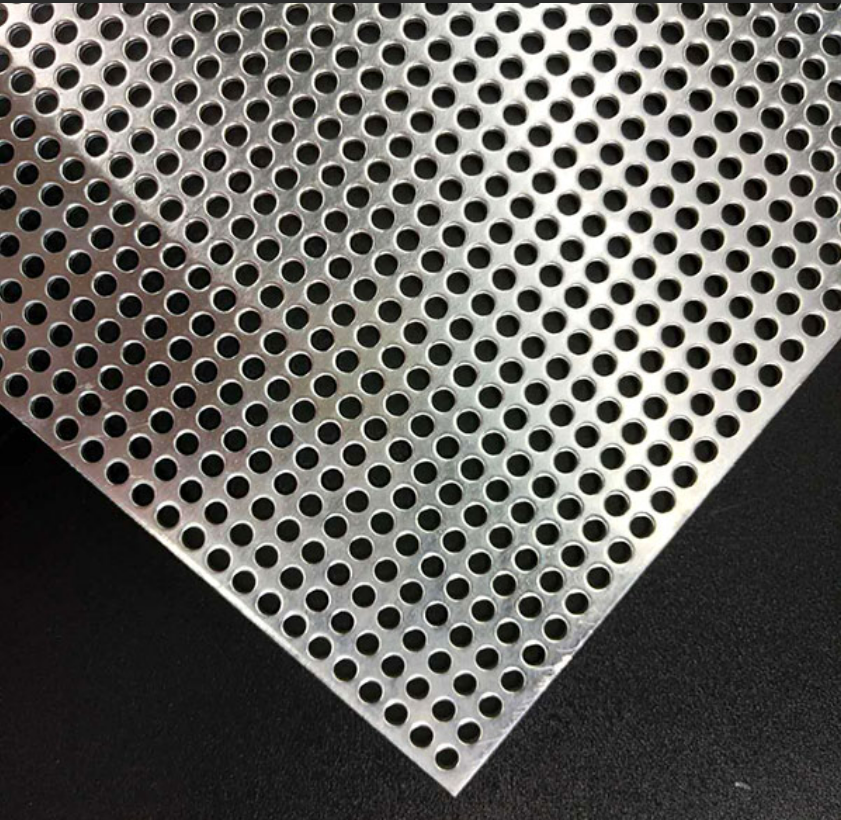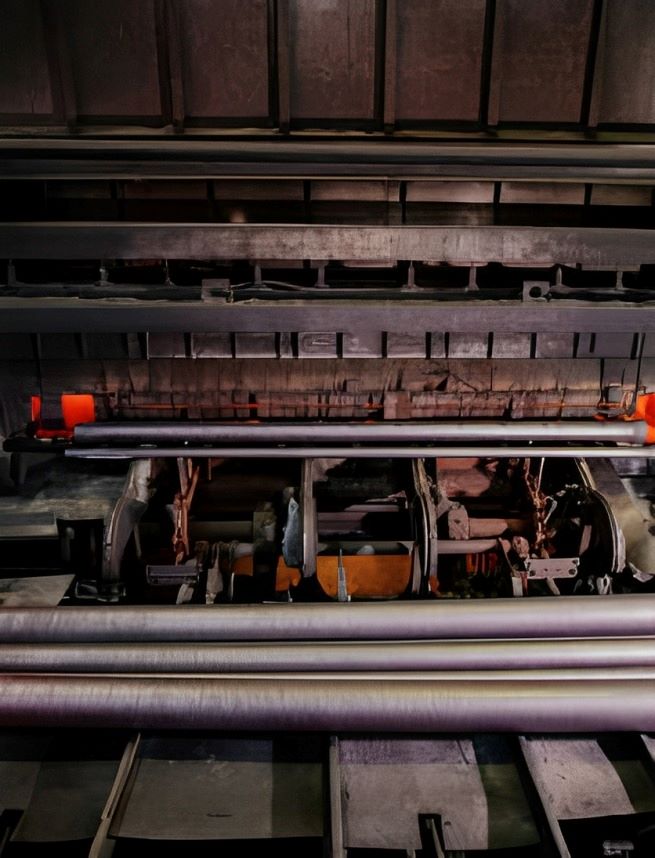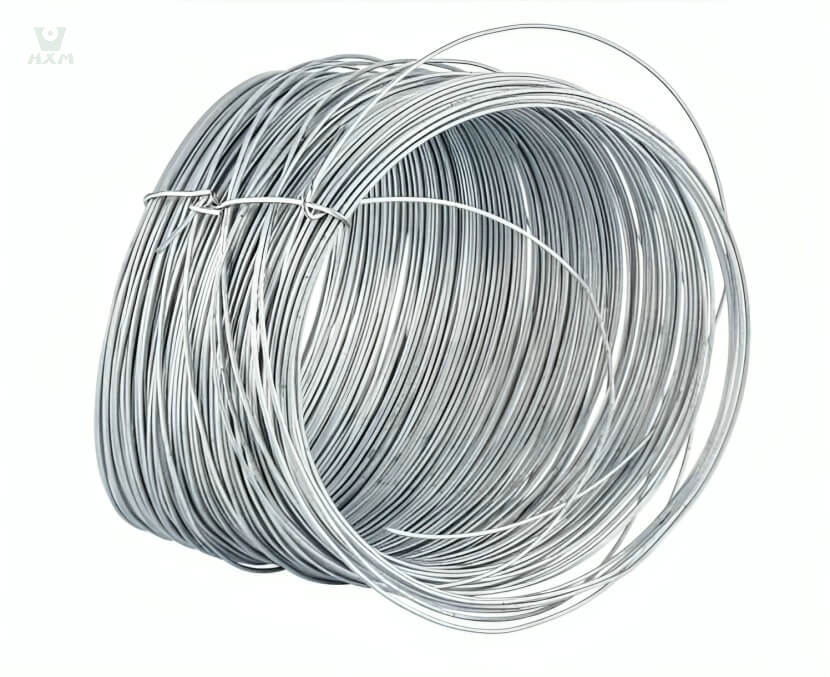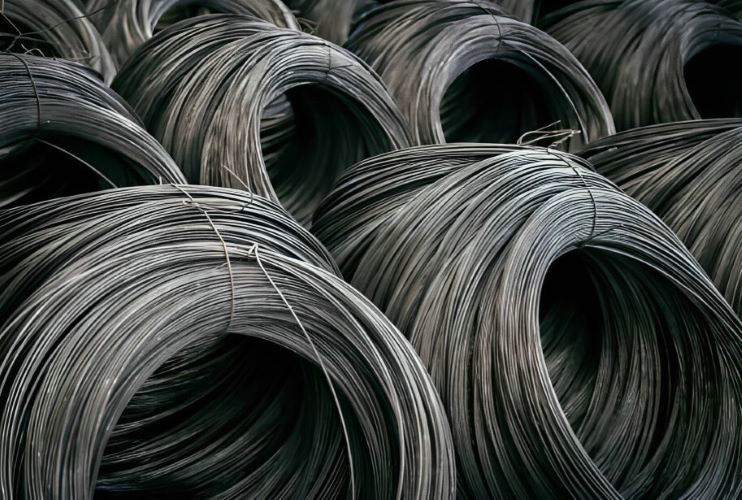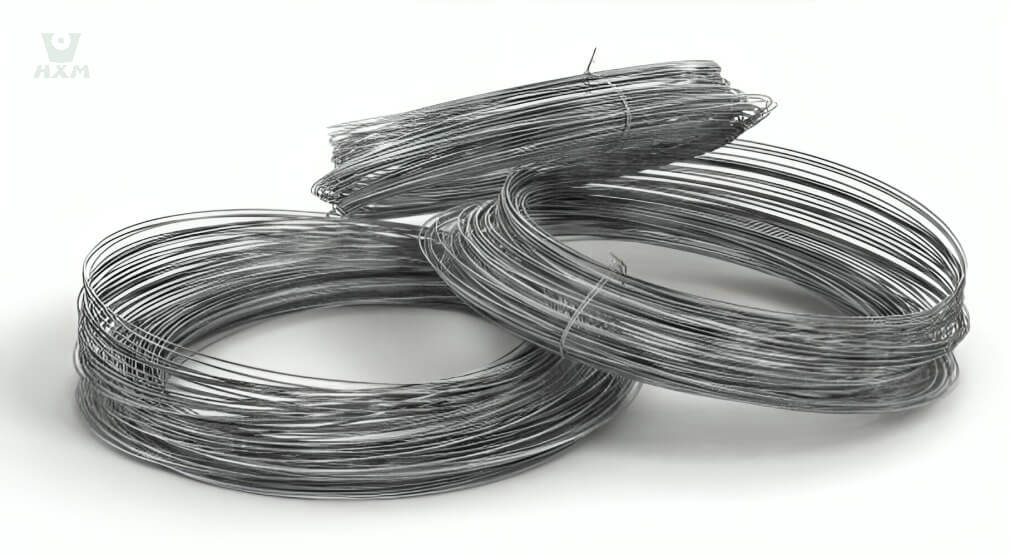Is stainless steel a Pure Substance or a Complex Alloy?
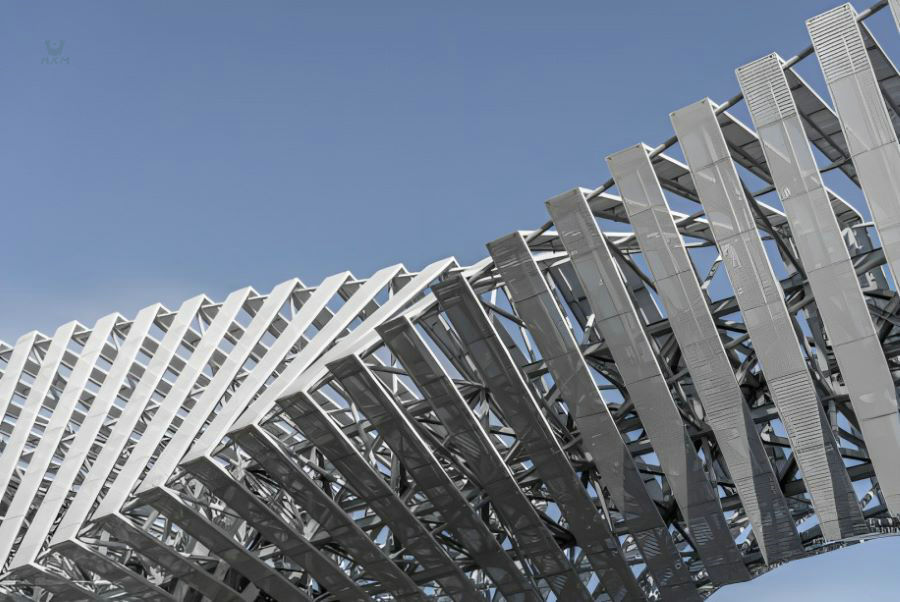
In our daily lives, stainless steel is virtually everywhere, from kitchen utensils to building frameworks, from medical instruments to automotive parts. But have you ever wondered whether this seemingly singular material is a pure substance or an alloy woven from multiple elements?
about stainless steel
— Is Stainless Steel A Pure Substance Or A Complex Alloy? —
Stainless steel, as the name suggests, is a type of steel material with excellent corrosion resistance. Stainless steel is not a pure substance but rather an iron-based alloy, meaning it is based on iron, and its properties are adjusted by adding other elements. Among the many alloying elements added, chromium is the most crucial. According to internationally accepted standards, when the chromium content reaches at least 10.5%, this iron-based alloy can be called stainless steel.
the Components of Stainless Steel
— Is Stainless Steel A Pure Substance Or A Complex Alloy? —
The core component of stainless steel is iron, which provides the fundamental structure and strength. However, pure iron is susceptible to oxidation and corrosion, so stainless steel enhances its performance by adding other elements.
core element of stainless steel
- Nickel (Ni): The addition of nickel is primarily to enhance the corrosion resistance and toughness of stainless steel. It can also reduce the cold work hardening rate of steel, improving machinability. Nickel can stabilize the austenitic structure, keeping stainless steel's performance stable over a wider temperature range.
- Chromium (Cr): Chromium is the most crucial alloying element in stainless steel. Having at least 10.5% chromium is critical for defining stainless steel as "stainless". Chromium can combine with carbon in iron to form a dense layer of chromium oxide film, which prevents further reaction of iron with oxygen and moisture, significantly enhancing corrosion resistance.
- Iron (Fe): As the base element of stainless steel, iron provides the material's primary mechanical strength. The iron content in stainless steel typically exceeds 50%, ensuring structural stability and load-bearing capacity.
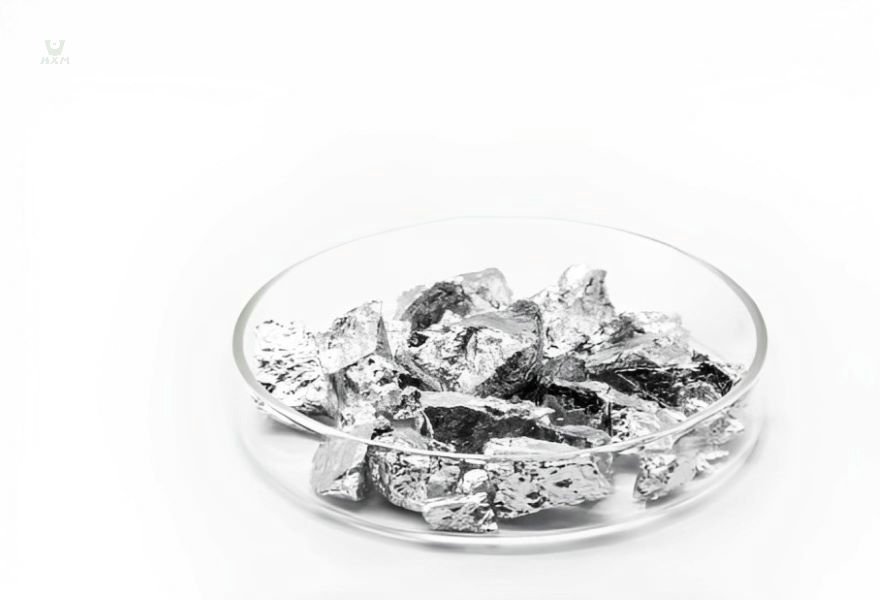
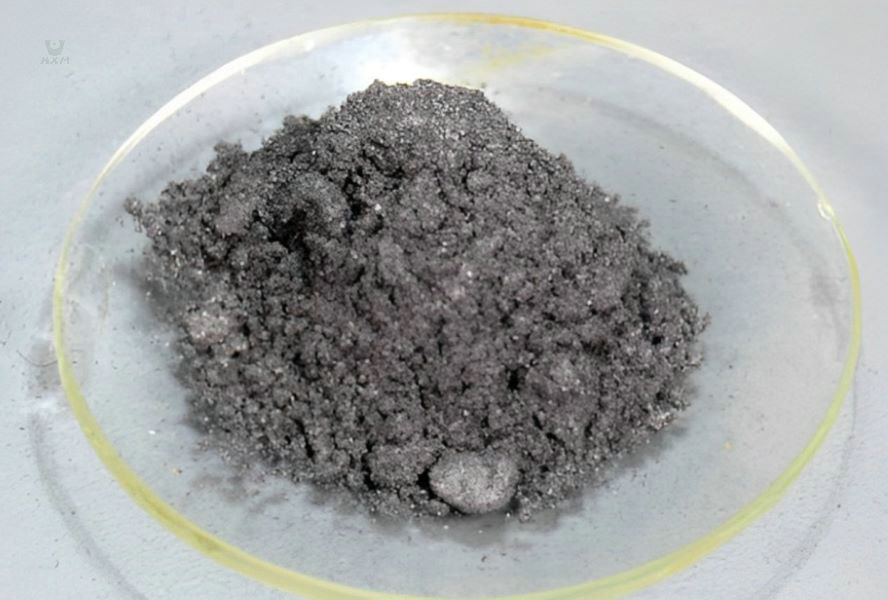
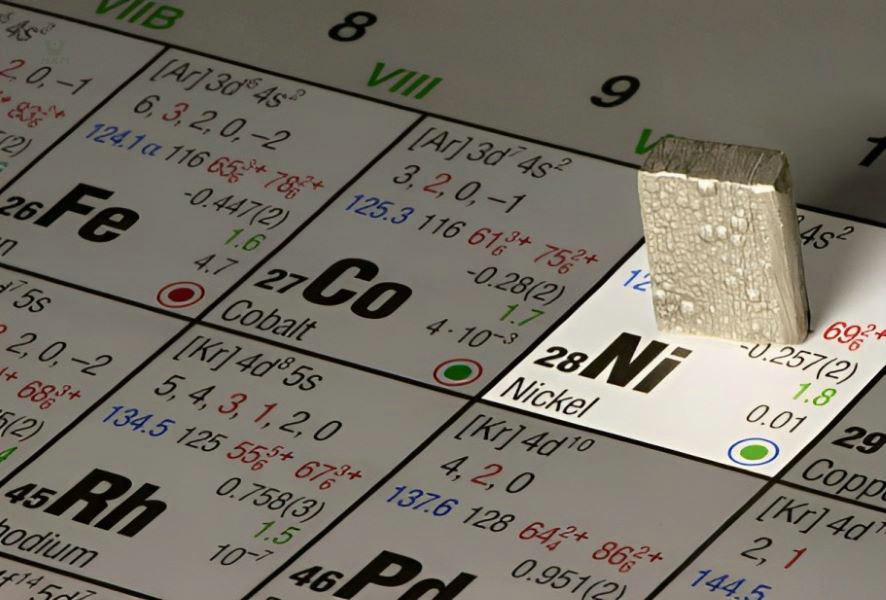
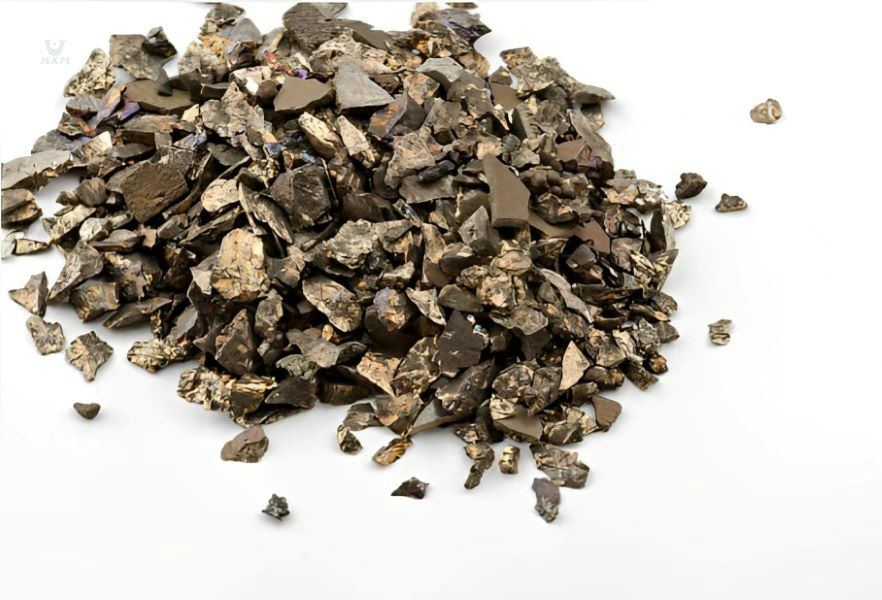
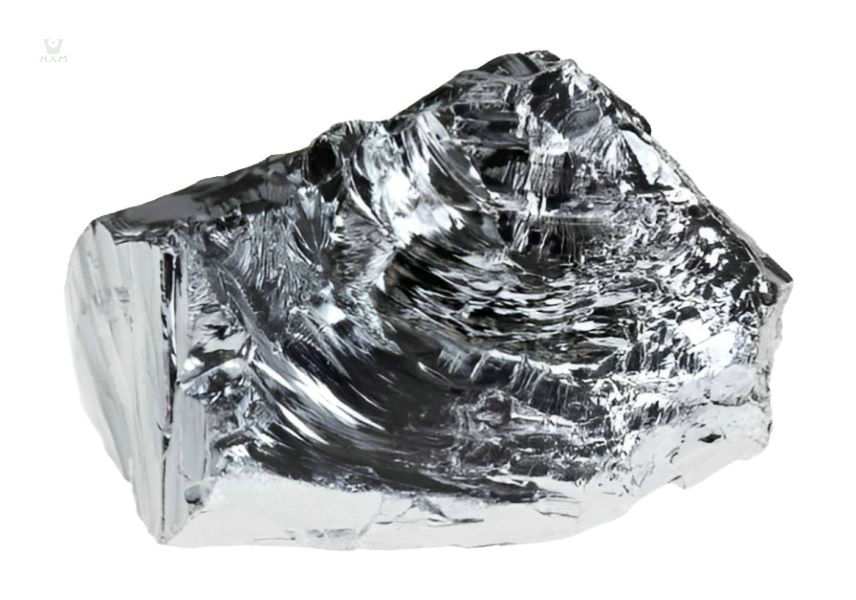
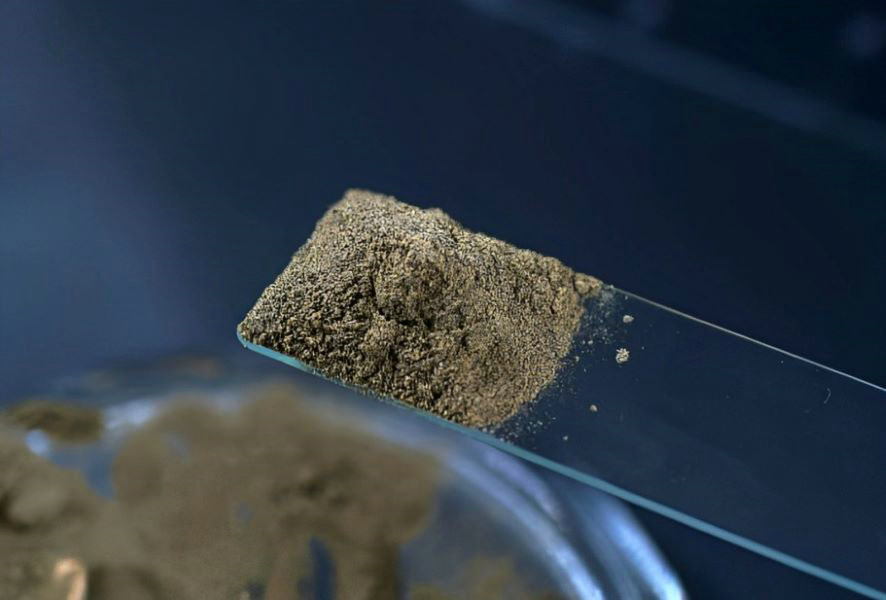
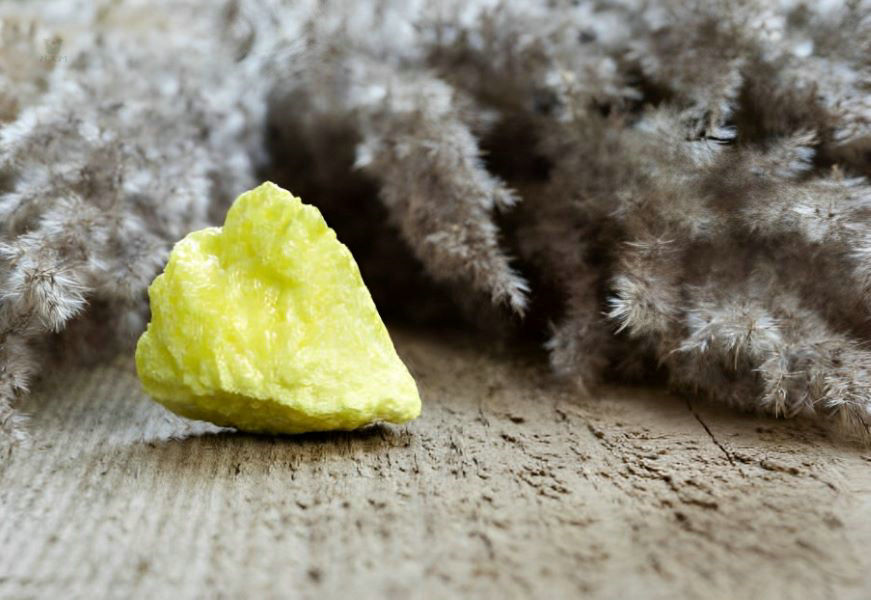
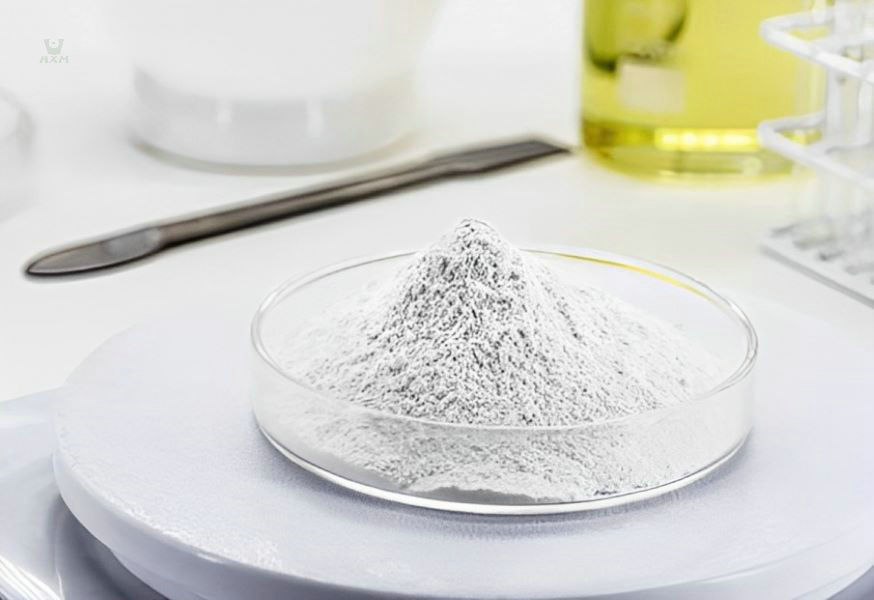
other trace elements of stainless steel
In addition to iron, chromium, and nickel, stainless steel may also contain other trace elements. Although present in lower amounts, these elements also have a significant impact on the properties of stainless steel:
- Molybdenum (Mo): The addition of molybdenum can further enhance the corrosion resistance and strength of stainless steel, especially in chloride environments.
- Manganese (Mn): Manganese is typically used as a deoxidizer, helping to eliminate oxygen from the steel, thereby increasing its strength and toughness.
- Silicon (Si): Silicon can enhance the strength and corrosion resistance of stainless steel, but it may also reduce the toughness of the steel.
- Carbon (C): Carbon is an important element in stainless steel, but it is also a potential weakness. High carbon content may reduce the corrosion resistance of the steel, so the carbon content in stainless steel needs to be strictly controlled.
- Nitrogen (N): Nitrogen can enhance the strength of stainless steel without significantly affecting its toughness. It can also help stabilize the austenitic structure.
The precise balance of these elements in stainless steel is key to achieving the desired properties. Different types of stainless steel, such as austenitic, ferritic, and martensitic stainless steel, have different compositions and performance characteristics, depending on the types and proportions of elements they contain.
What is A Pure Substance?
A pure substance is a material that consists of only one type of particle or component, and it has a uniform and definite composition throughout. It can be either:
Element: A substance made of only one kind of atom. Examples include oxygen (O₂), gold (Au), and iron (Fe).
Compound: A substance composed of two or more elements chemically bonded together in a fixed ratio. Water (H₂O) and carbon dioxide (CO₂) are examples of compounds.
Key characteristics of pure substances:
- They have consistent chemical and physical properties (such as melting point, boiling point, and density).
- They cannot be separated into simpler substances by physical means (like filtering or evaporating).
- Examples include distilled water (a compound) and pure gold (an element).
what type of a Pure substance is steel
Steel is an alloy, which means it is a mixture of two or more elements. The primary component of steel is iron, and it typically contains a small percentage of carbon (usually less than 2%) that improves its strength and hardness. Other elements, such as chromium, nickel, manganese, and molybdenum, can be added to produce various types of steel with specific properties, such as stainless steel, which is known for its corrosion resistance. Steel is classified as a metallic substance because of its metallic bonding and properties like conductivity and malleability.
Conclusion
— Is Stainless Steel A Pure Substance Or A Complex Alloy? —
The need for alloying stainless steel, i.e., adding other elements, primarily aims to improve its basic properties to meet a wider range of application requirements. While iron as a pure substance has good ductility and strength, its corrosion resistance is relatively poor, making it susceptible to environmental factors such as oxidation and rusting. Alloying significantly enhances the corrosion resistance, strength, toughness, and other properties of stainless steel.
Huaxiao Metal is a company with over 15 years of experience in the trade and export of stainless steel products. We offer a wide range of stainless steel products with customizable surface coating sizes and numerous grade options for you to choose from. If you have any purchasing plans or related needs, please feel free to email us, and we will be dedicated to serving you.
Table of Contents
Huaxiao Stainless Steel is Here to Help
Contact us today to learn more about our Stainless Steel Products selection. You can also request a quote to start your order.
Recommended Articles
Our Products


